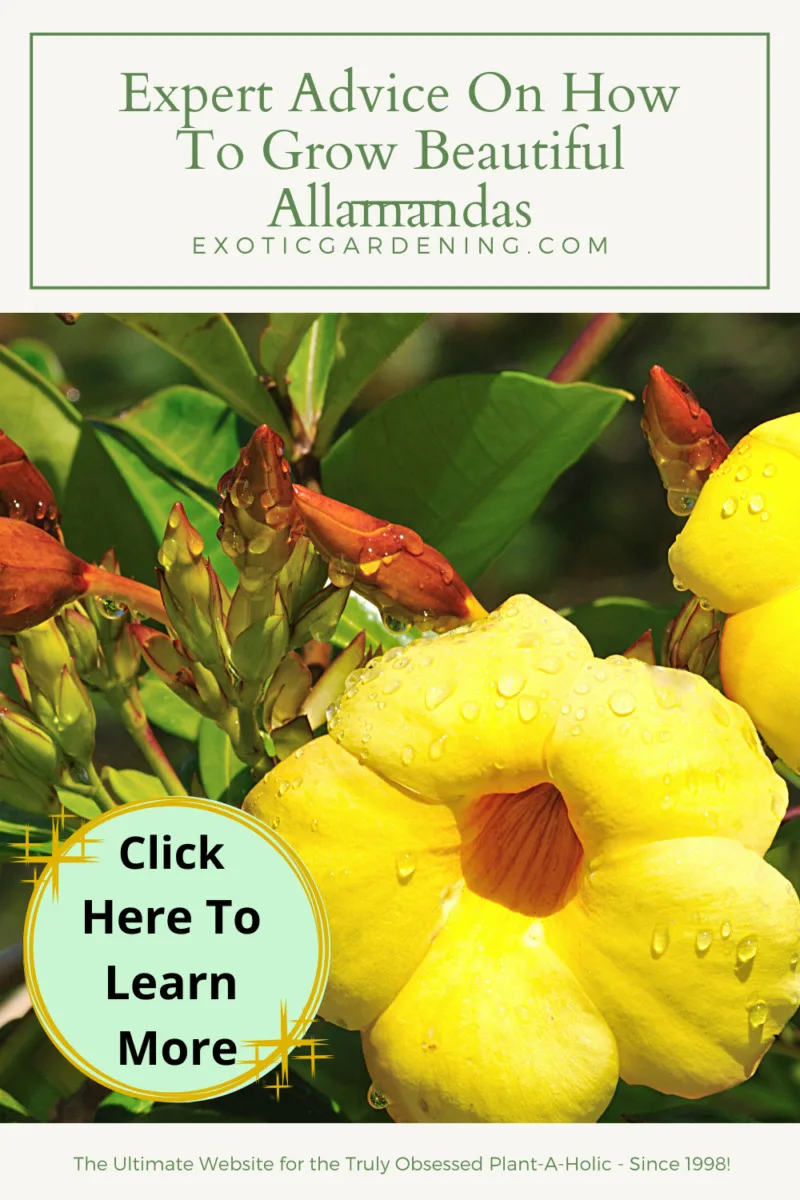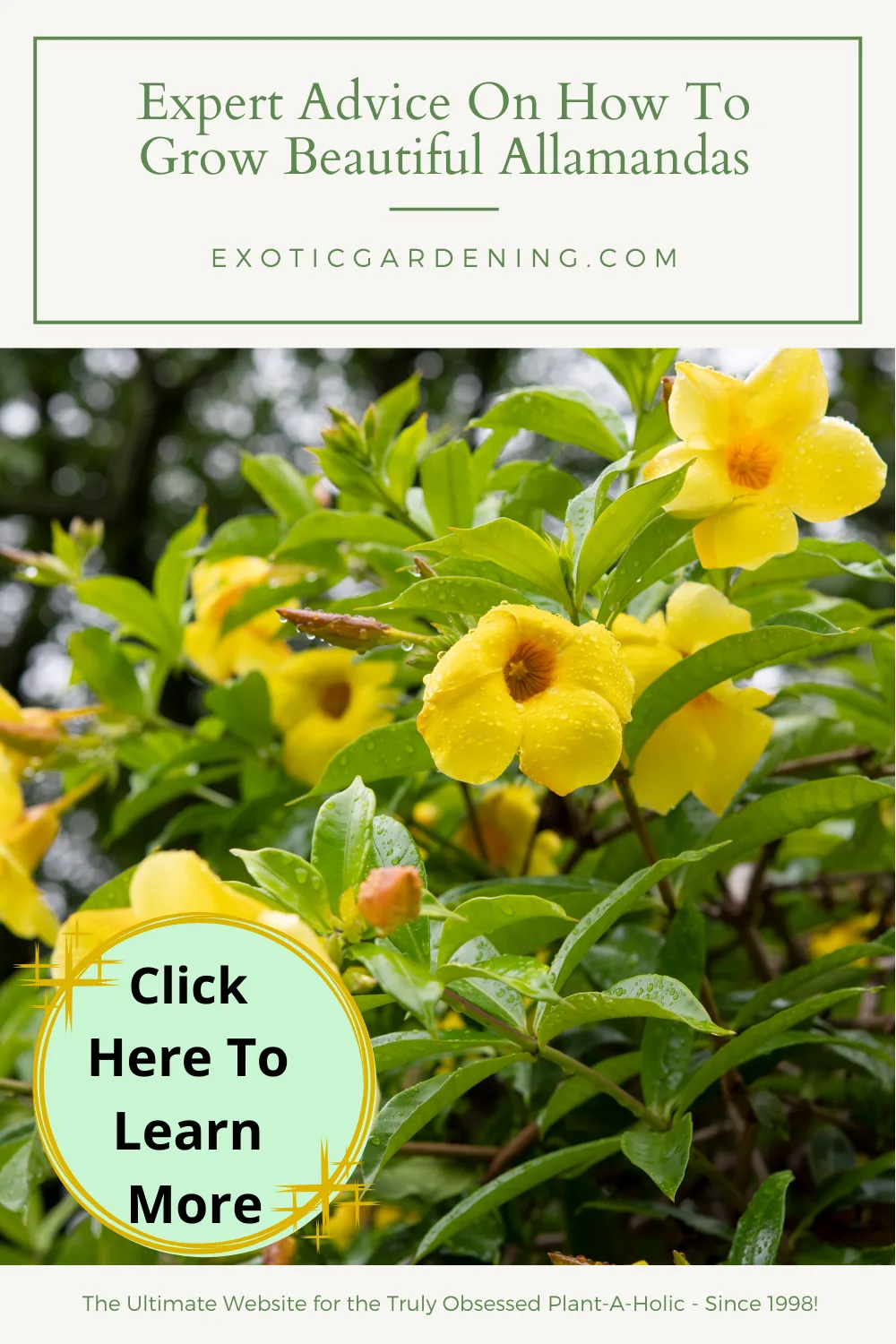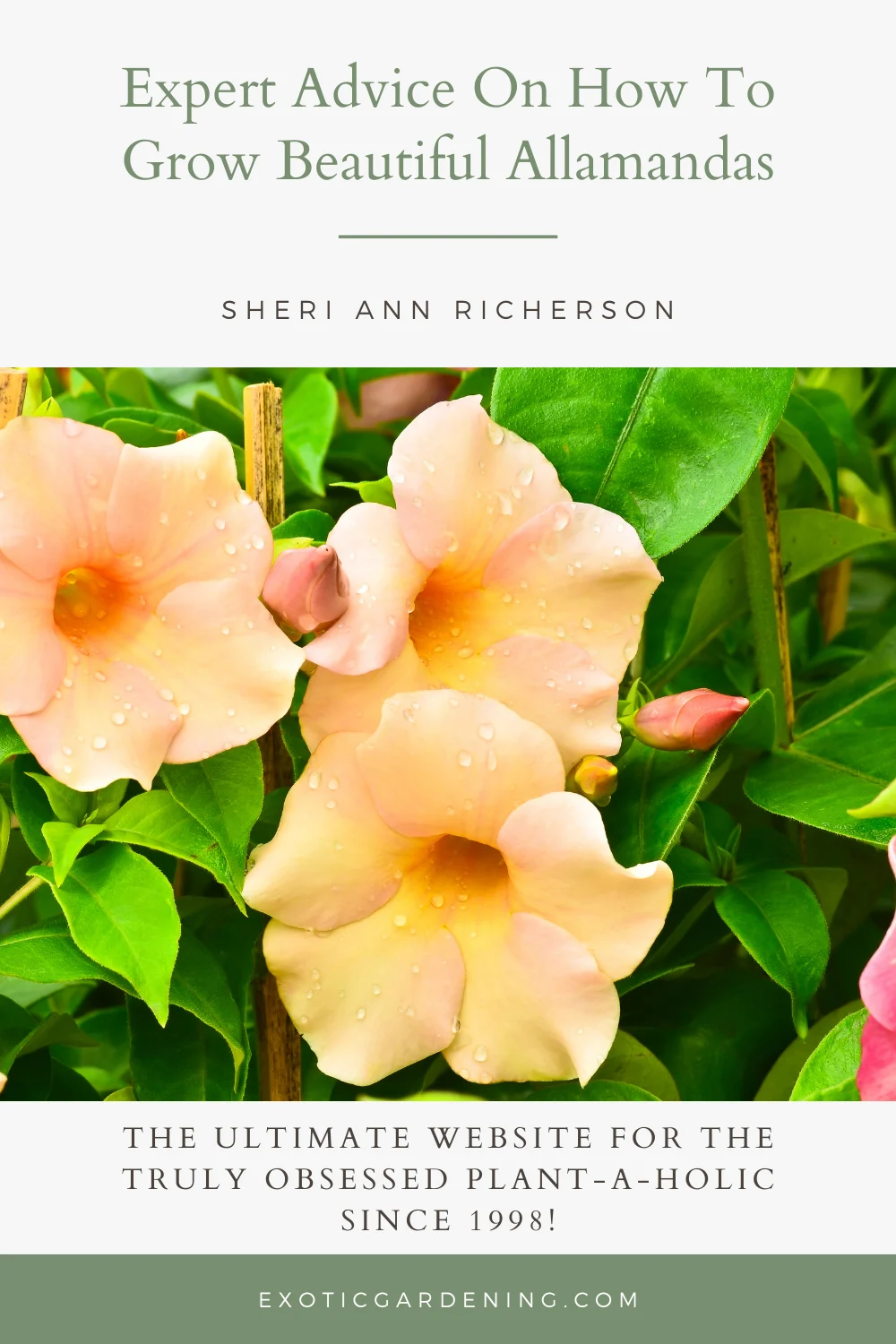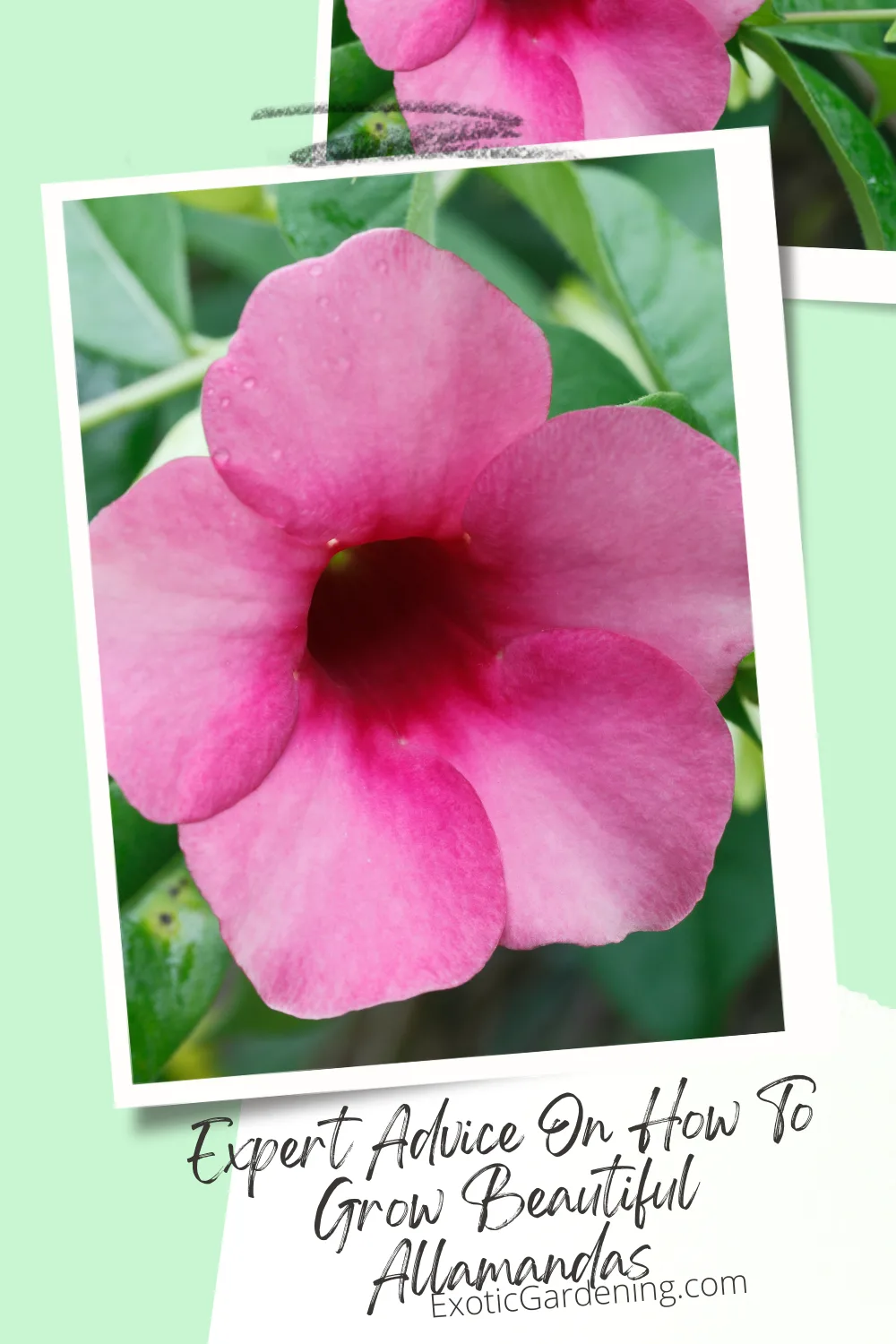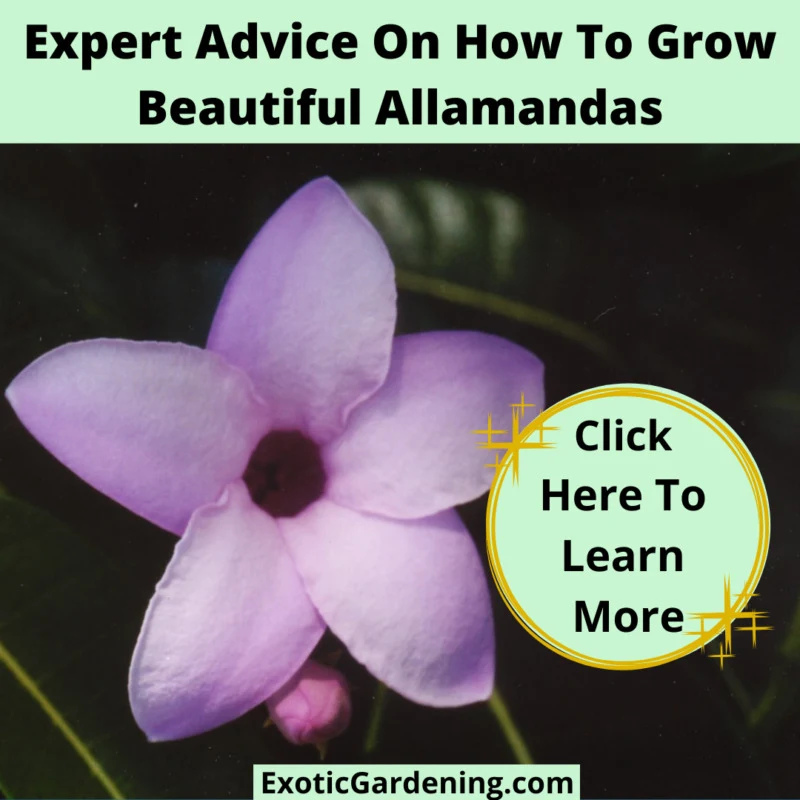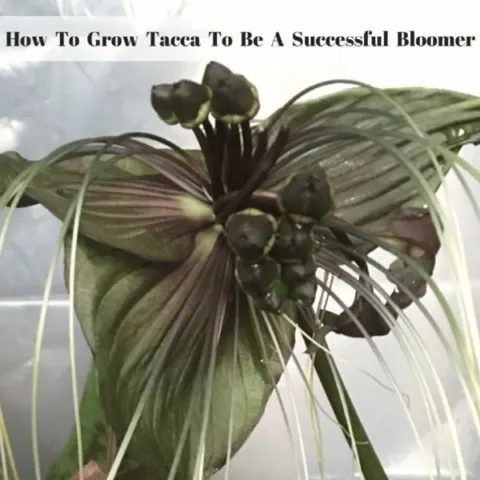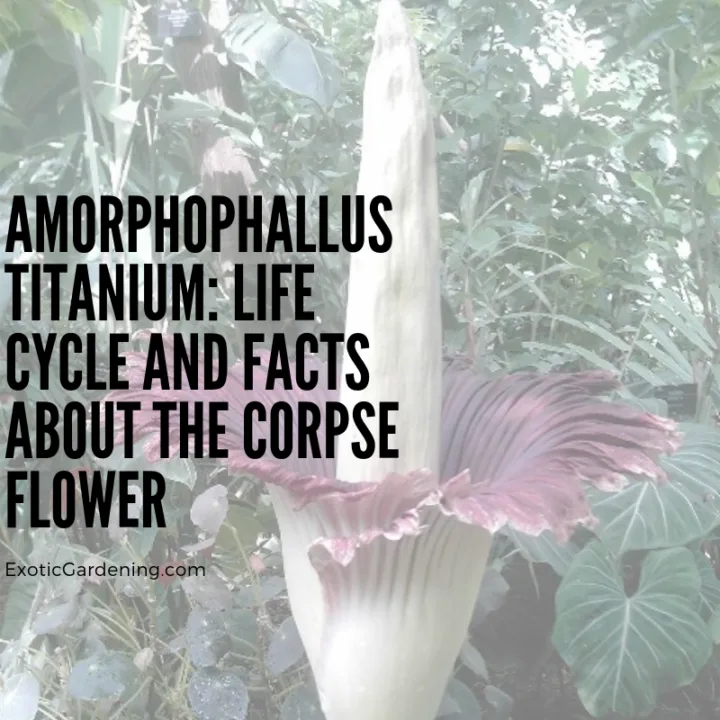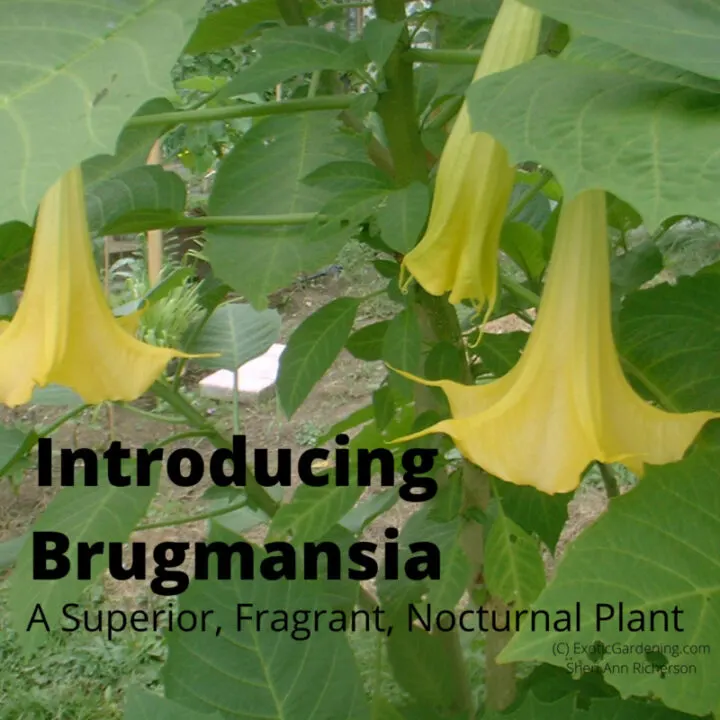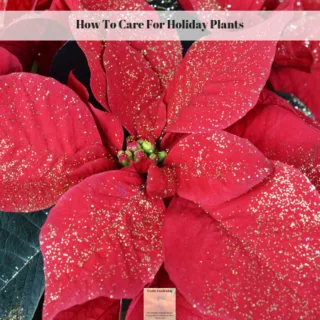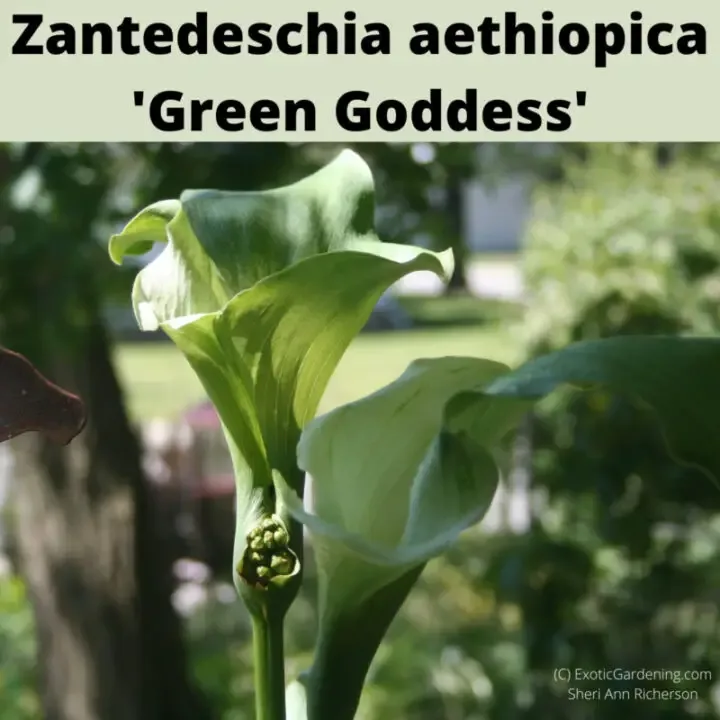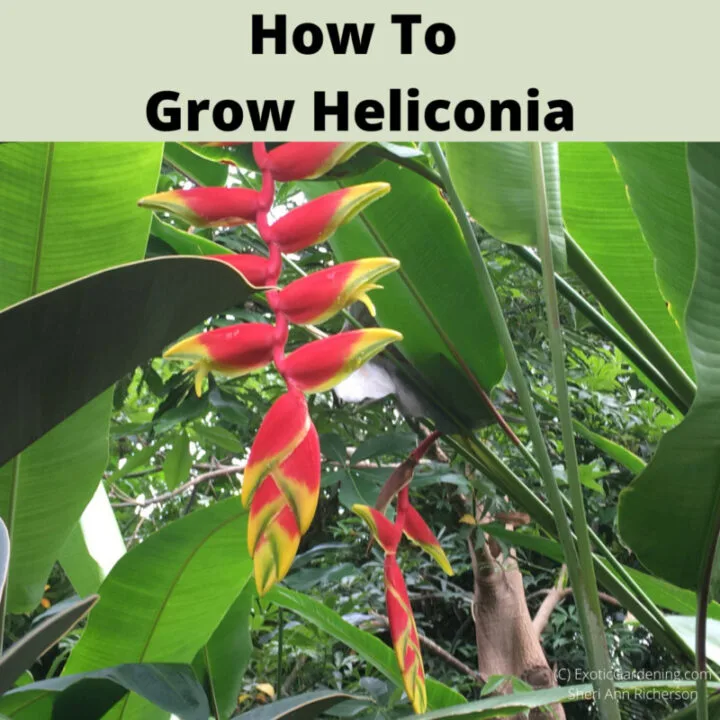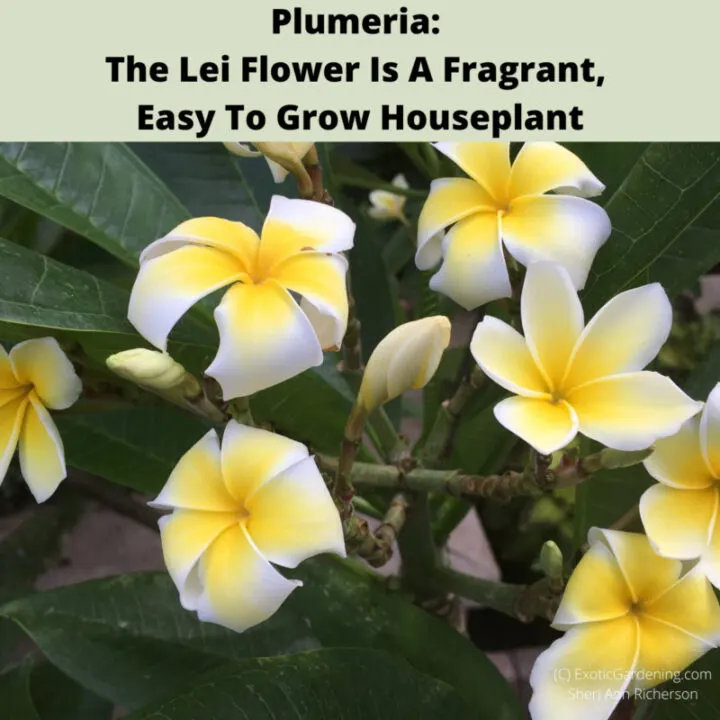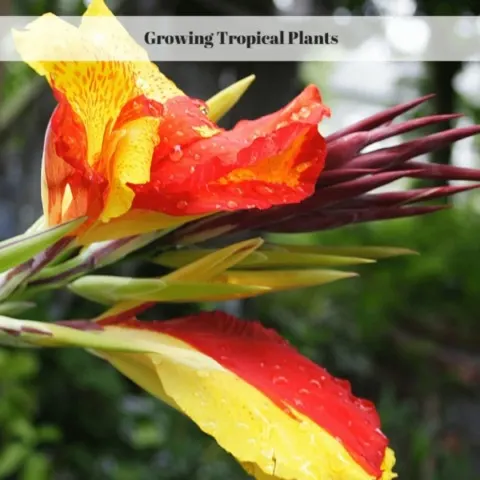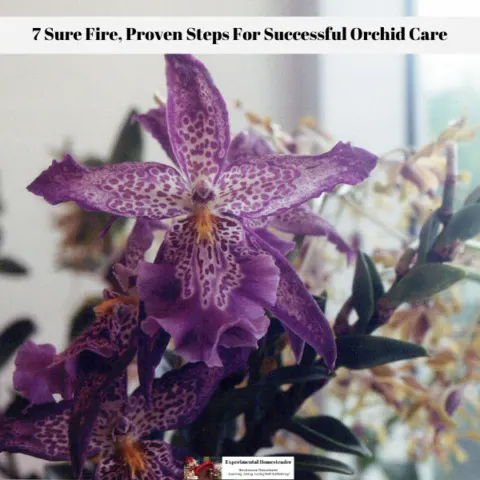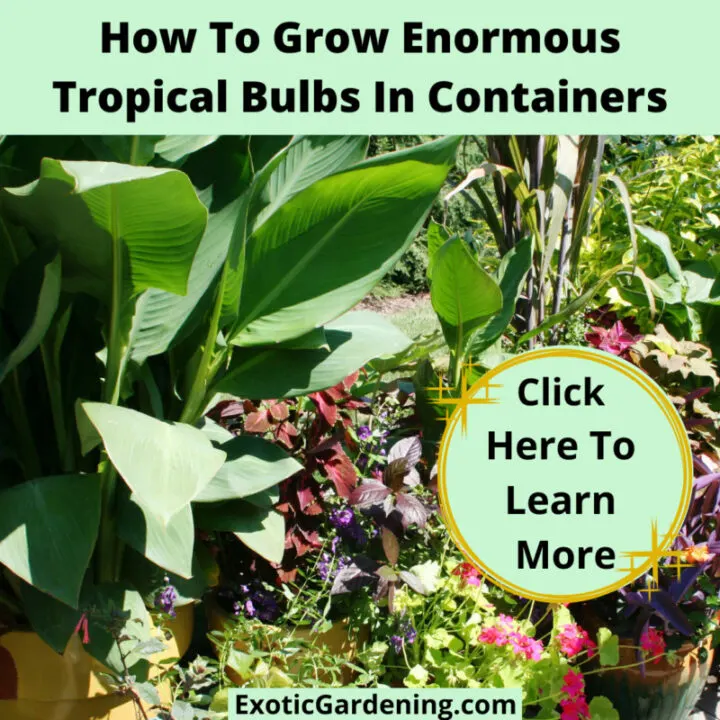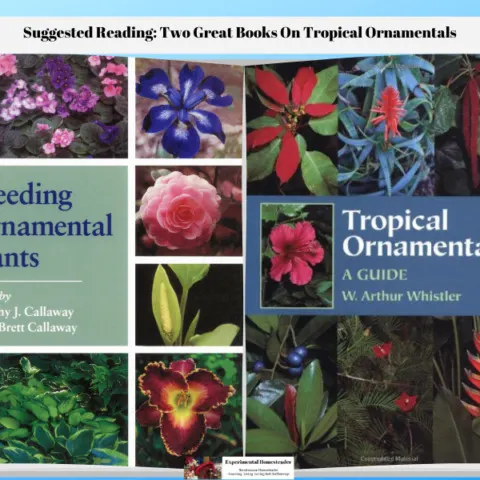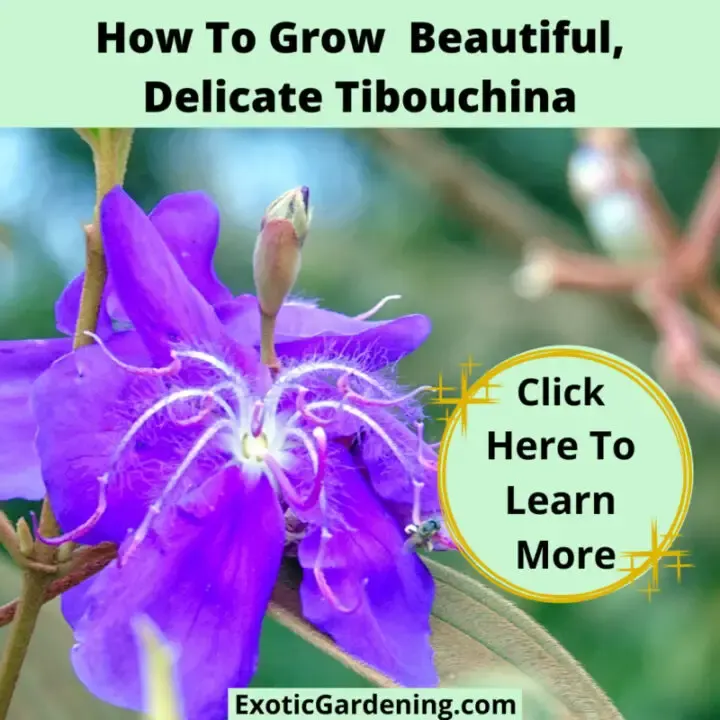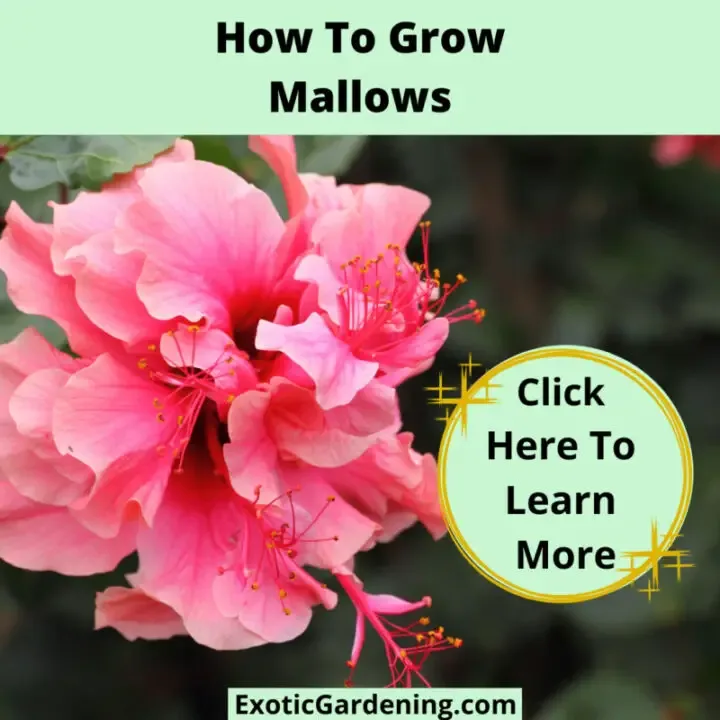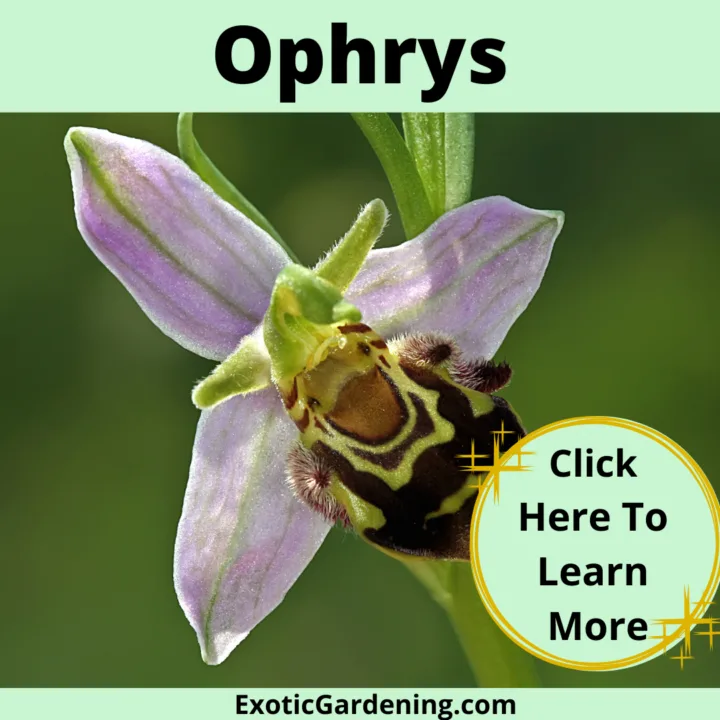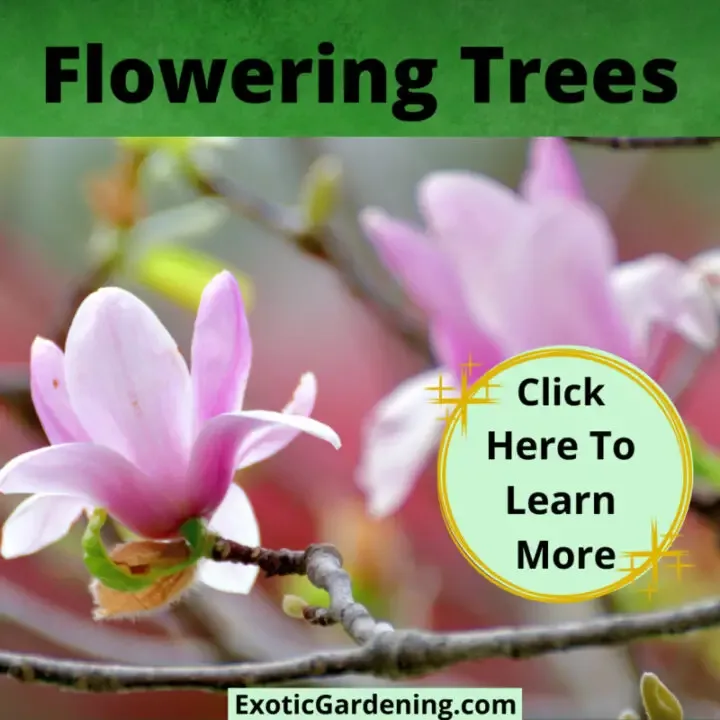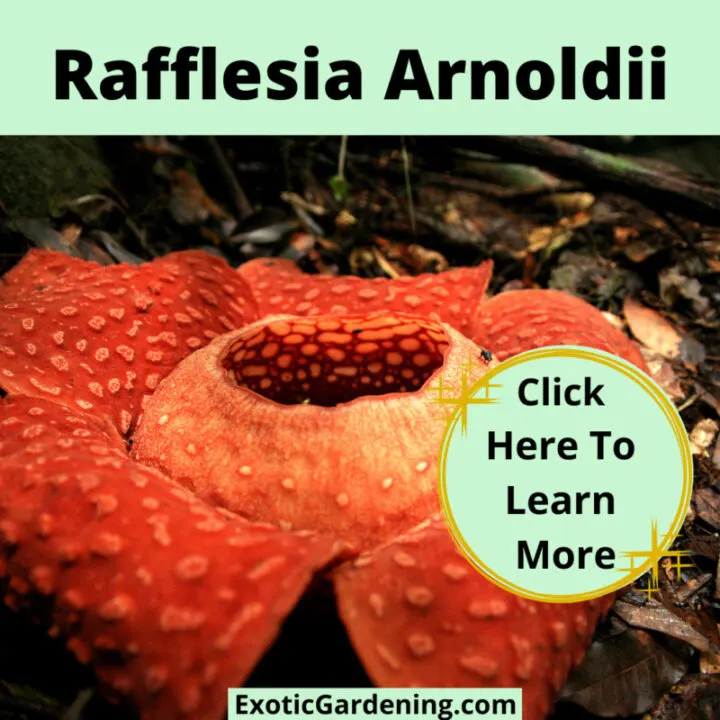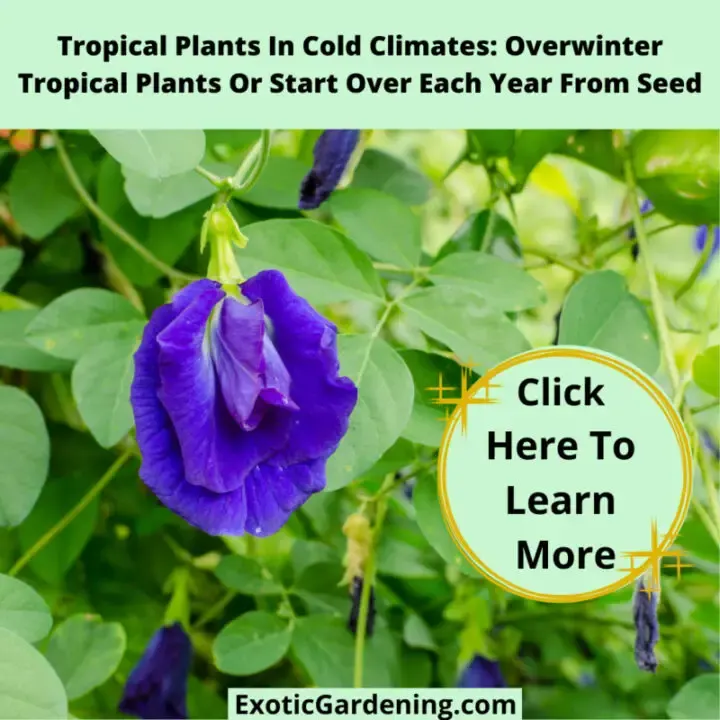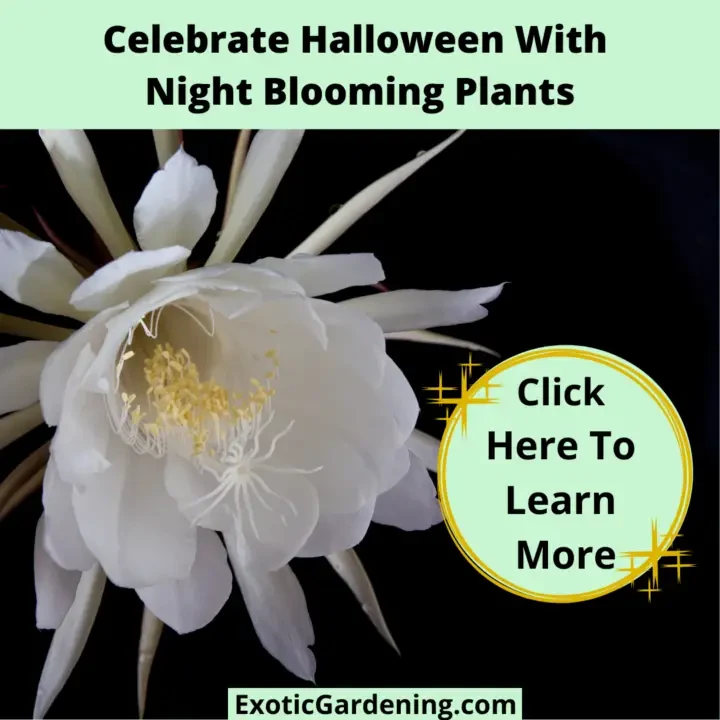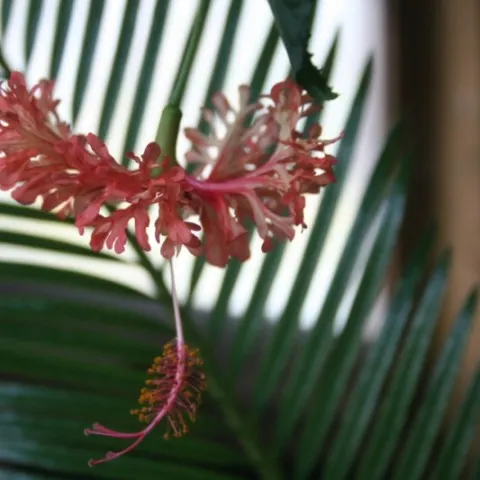Allamandas are tropical beauties that are native to South America, and come in different shades of yellow, although you will find some in shades of purple, chocolate and white.
Allamanda Neriifolia, produces clusters of flowers, while Allamanda Cathartica produces single blooms that may reach up to five inches across.
Choose A Location For Your Allamandas
Growing your Allamanda in a hanging basket is one choice, however, many people train the to climb up supports or pinch them back to make them bush.
They can become leggy and are known to sprawl everywhere they are allowed to.
Overwintering Allamandas
Over wintering your Allamanda is fairly easy to do, they prefer dry winter conditions, but not too dry and lots of water in the summer.
Watch for drooping as this is a sign your plant is not getting enough water.
Growing them in rich soil with additions of compost in late spring and summer will help your plant perform its best.
Allamanda Light Requirements
When it comes to light, this plant will need at least four hours or more of direct sunlight, preferably from a south window, or it will need to live in a greenhouse where there will be plenty of light and moisture in the air.
If this is not possible, be sure to mist or use a humidifier on a regular basis.
Also if you do not have a south facing window to grow this in, use a grow light.
During the summer place your Allamanda outdoors in full sun, but be sure to acclimate it first so your plant does not burn.
To acclimate it simply place it in a shady spot outdoors at first and slowly move it into full sun a little at a time.
Getting Allamanda To Bloom
When it comes to repotting, allow your Allamanda to become root bound.
Allamanda typically do not bloom unless they are root bound.
Top dress the soil with compost and repot every couple years to make sure your plant is getting the nutrients it needs from the soil.
Allamanda Toxicity Warning!
Take care with this plant, as all parts of it are poisonous of ingested.
So be sure to keep it out of reach of pets and children.
My Thoughts On Growing Allamandas
I have my Allamanda growing in a hanging basket in my garden directly above some Brugmansia, roses, and mums.
The bright yellow flowers really draw your eye upward and make the rest of the plants more noticeable once your eye leaves the Allamanda.
I have not pruned mine back and probably won’t until fall.
However, I did transplant mine this spring because it needed watering daily from being too root bound.
It has continued to put out new blooms for me, but I did wait until it was already in its blooming cycle.
I think this is one of the most cheerful plants in my garden this year because of the bright yellow flowers.
I have also heard of people who live in warm climates growing a bush Allamanda.
This might just be possible to do in a pot.
At least it’s a thought.
If you are wondering where to get an Allamanda, you might try your local Botanical Gardens, that’s where mine came from, or you could look for cuttings.
I hear they are fairly easy to root, although I’ve never tried it myself.
Flowering Tropical Plants
How To Grow Tacca To Be A Successful Bloomer
The black flowers intrigued me, but the bat plant comes in many colors - brown, white and even green! Learn how to grow tacca from seed to bloom!
Amorphophallus Titanium: Life Cycle And Facts About The Corpse Flower
Learn about the life cycle of the Amorphophallus titanium as well as how to propagate it and some fun facts about this unique corpse flower.
Introducing Brugmansia: A Superior, Fragrant, Nocturnal Plant
Brugmansia trees are highly fragrant, night blooming plants with trumpet shaped flowers. Learn how to care for your brugmansia.
How To Care For Holiday Plants
Have you ever wondered how to care for holiday plants such as the Poinsettia or the Christmas Cactus? If so, then check out this holiday plant care guide
Zantedeschia aethiopica Green Goddess
Learn how easy it is to grow Zantedeschia althiopica Green Goddess from seed by using the damp paper towel method plus seed to bloom time.
How To Grow Heliconia
Learn how to grow Heliconia. Proper plant care is important to keeping your Heliconia healthy and thriving.
Plumeria: The Lei Flower Is A Fragrant, Easy To Grow Houseplant
Learn how to care for your Plumeria in ground and in containers. Because of the winter dormancy period it is ideal for summer containers.
Growing Tropical Plants
The key to successfully growing tropical plants is learning about them. Growing tropical plants is easy once you know their basic needs.
7 Sure Fire, Proven Steps For Successful Orchid Care
Successful orchid care is pretty easy once you understand the seven basic steps the plant needs to thrive in your home environment.
How To Grow Enormous Tropical Bulbs In Containers
Learn how to successfully grow tropical bulbs in containers. Regardless of where you live, there are reasons to grow in containers.
Easy Exotic Houseplants: Tropicals That Thrive Indoors in Containers
Tropical plants are the most beautiful, easy to grow indoor houseplants. Start growing exotic houseplants today that fruit and flower!
Coral Vine (Antigonon leptopus): A Beautiful Yet Invasive Climbing Vine
Explore the allure and challenges of Antigonon leptopus, a captivating climbing vine, and its impact on local ecosystems.
Suggested Reading: Two Great Books On Tropical Ornamentals
Learn about two books on tropical ornamentals. Breeding Ornamental Plants and Tropical Ornamentals are a must read for those who love plants.
How To Grow Beautiful, Delicate Tibouchina
Tibouchina are beautiful but delicate plants with gorgeous purple flowers and a velvet like foliage. They can be bushes or vines.
How To Grow Mallows
Learn how to grow mallows, a Malvaceae family which includes some of the most popular plants for the home garden, Hibiscus.
Ophrys
Ophrys are a rare group of terrestrial Orchids that grow in the wild and look like insects, especially bees, hence their common name.
Flowering Trees For Fragrance And Beauty
Flowering trees add beauty and fragrance to the garden. There are ones for tropical climates, cold climates and even indoor gardens.
Expert Advice On How To Grow Oleanders
Learn how to grow Oleanders as well as propagation methods. Learn about the toxicity of this plant as well.
Rafflesia Arnoldii
Rafflesia arnoldii produces the largest flower in the world yet this colorful, but strange plant is rare and grows on the rainforest floor.
Tropical Plants In Cold Climates: Overwinter Tropical Plants Or Start Over Each Year From Seed
Tropical plants grown in cold climates look great during the summer outside but many make great houseplants in the winter.
Celebrate Halloween With Night Blooming Plants
A cool way to decorate and celebrate Halloween is with night blooming plants! Create a spooky garden that glows in the dark this year!
How To Grow Tropical Plants
Growing tropical plants - also known as houseplants - indoors is fun and enjoyable plus many of them clean the indoor of pollutants.
It is easy to grow exotic looking plants that produce tropical fruit and colorful flowers in a pot in your living room or office.
Many of these plants are easy to start from seed and I share with you five plants that I recommend for indoor growing.
I also share with you why growing your own tropical fruit saves money.
In this video you will learn:
How to bring tropical plants indoors at the end of summer
How to grow tropical plants indoors
How to protect and overwinter tropical plants outdoors in cold climates
How to propagate tropical plants
How to water tropcial plants
How to grow topical plants in a greenhouse

